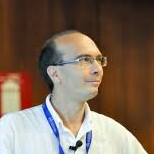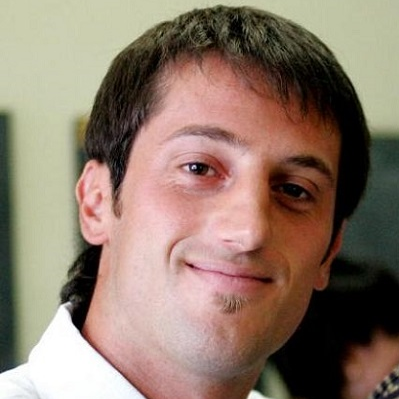Control and Enhancement of Quantum Coherence in Nanostructured Materials
A special issue of Condensed Matter (ISSN 2410-3896).
Deadline for manuscript submissions: closed (31 May 2018) | Viewed by 37535
Special Issue Editors
Interests: high-Tc superconductivity (theory and phenomenology); multiband superconductivity; quantum size effects and shape resonances in superconductors; nanoscale superconductors; superconducting heterostructures; BCS-BEC crossover; pseudogap; superconducting fluctuations; ultracold fermions: superfluidity and BCS-BEC crossover; electron–hole superfluidity
Special Issues, Collections and Topics in MDPI journals
Interests: inhomogeneous high temperature superconductors; complex geometries in quantum materials; nanoscale phase separation; charge-density-waves; spin-density-waves; quantum materials dynamic
Special Issue Information
Dear Colleagues,
The problem of controlling and enhancing the properties of quantum coherent phenomena in nanostructured materials is attracting a large research effort, involving international research collaborations with cross-topic character. In particular, the understanding and control of superconductivity at the nanoscale and in complex configurations is a central issue in condensed matter physics, but after several decades of work the role of competition/cooperation of charge, spin and lattice orders in these systems is still not well established. Recently, a renewed excitement followed results showing important effects of complex geometries in the quantum coherence mechanism that govern magnetism, ferroelectricity and superconductivity in hybrid systems and other novel nanostructures, that can drive electron–hole superfluidity in layered heterostructures. The goal of this special issue is to collect state of the art results (from experiments, theory and simulations) around this problem and to provide a view on how the control and enhancement of quantum coherence in nanostructured materials can be converted into new technological applications and quantum devices.
Key topics include:
- control and enhancement of superconductivity at the nanoscale;
- competition/cooperation of charge, spin and lattice orders in quantum materials;
- effects of complex geometries in the quantum coherence;
- magnetism, ferroelectricity, and superconductivity in hybrid systems and other novel nanostructures;
- electron–hole superfluidity in layered heterostructures (graphene, GaAs and other systems);
- quantum devices for technological applications: nano-squids, single-photon detectors, qubits, metrology, switches.
Prof. Dr. Andrea Perali
Dr. Alessandro Ricci
Guest Editors
Manuscript Submission Information
Manuscripts should be submitted online at www.mdpi.com by registering and logging in to this website. Once you are registered, click here to go to the submission form. Manuscripts can be submitted until the deadline. All submissions that pass pre-check are peer-reviewed. Accepted papers will be published continuously in the journal (as soon as accepted) and will be listed together on the special issue website. Research articles, review articles as well as short communications are invited. For planned papers, a title and short abstract (about 100 words) can be sent to the Editorial Office for announcement on this website.
Submitted manuscripts should not have been published previously, nor be under consideration for publication elsewhere (except conference proceedings papers). All manuscripts are thoroughly refereed through a single-blind peer-review process. A guide for authors and other relevant information for submission of manuscripts is available on the Instructions for Authors page. Condensed Matter is an international peer-reviewed open access quarterly journal published by MDPI.
Please visit the Instructions for Authors page before submitting a manuscript. The Article Processing Charge (APC) for publication in this open access journal is 1600 CHF (Swiss Francs). Submitted papers should be well formatted and use good English. Authors may use MDPI's English editing service prior to publication or during author revisions.
Keywords
- superconductivity at the nanoscale
- charge
- spin and lattice orders
- complex geometries
- hybrid magnetic
- ferroelectric
- superconducting systems
- electron-hole superfluidity
- quantum devices






